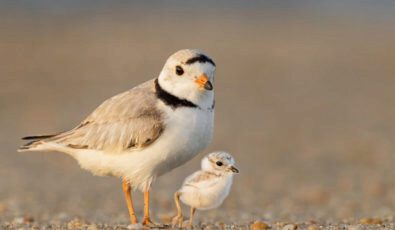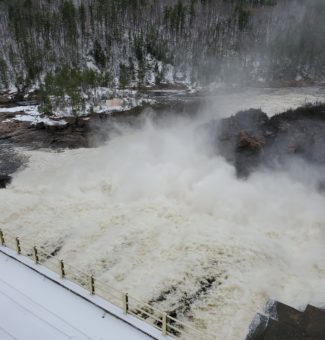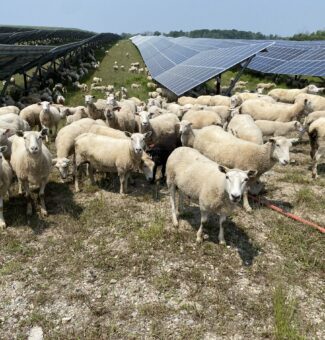Piping plover population making a comeback on Ontario's shores
Along the sandy beaches of Ontario’s Great Lakes, a small and cute migratory shorebird is slowly making a comeback after a decades-long absence.
The endangered piping plover virtually disappeared from Ontario’s shores in the 1970s as loss of beach habitat and human-related disturbance reduced the vulnerable species’ numbers to just a handful of breeding pairs.

Then, in 2007, after a 30-year absence, a pair of piping plovers arrived and bred on Lake Huron’s shore. Since then, their numbers have been slowly increasing thanks to the tireless work of volunteers, biologists and local stewardship groups. The birds are now nesting in larger numbers and on more beaches each year.
But more needs to be done to ensure these delicate little birds don’t slip back to the brink of extinction in this province. To that end, OPG is supporting a new “Bring Back the Wild” campaign by Earth Rangers that will raise funds and awareness to help protect the piping plover.
Since 2012, OPG has been a proud supporter of Earth Rangers, whose presenters visit schools across the province to educate kids on issues of biodiversity and the environment. The partnership has played a critical role in inspiring more than 50,000 children to protect at-risk species across Ontario by raising over half a million dollars. By engaging the next generation in learning about and supporting conservation, OPG and Earth Rangers hope to contribute to species recovery in Ontario over the long-term.
For this latest campaign, funds raised by kids and their families will help Bird Studies Canada (BSC), a leading science-based bird conservation organization, to restore the piping plover’s numbers and its coastal beach habitat across Ontario.
Many of the factors that caused the piping plover’s original decline continue to threaten their recovery. These threats are often human-related, including disturbance by beachgoers, off-leash dogs, inappropriate beach management, and habitat degradation.Tovah Barocas, Vice President, External Relations with Earth Rangers
BSC’s efforts will focus on specific on-the-ground action and community engagement. This will include establishing fencing and signage to protect nests and chicks from trampling by unaware beachgoers and their pets; providing shelter for young plovers; and recruiting and training more volunteers to be engaged stewards.
Beaches will also be actively surveyed for new nesting sites, with a focus on under-surveyed beaches like the Lake of the Woods in northwestern Ontario. BSC hopes to restore the plover population in Ontario back to historic levels of 50 to 100 breeding pairs. For more information on the campaign, visit www.earthrangers.com and www.birdscanada.org.
Fast facts
- Piping plovers eat mostly insects and small crustaceans found on the beach
- The birds nest exclusively on dry sandy or gravelly beaches just above the waves
- Groomed beaches eliminate hiding places, leaving plover eggs and chicks more vulnerable
Subscribe and stay informed
Sign up to receive the latest news, project updates, and event information from OPG.


